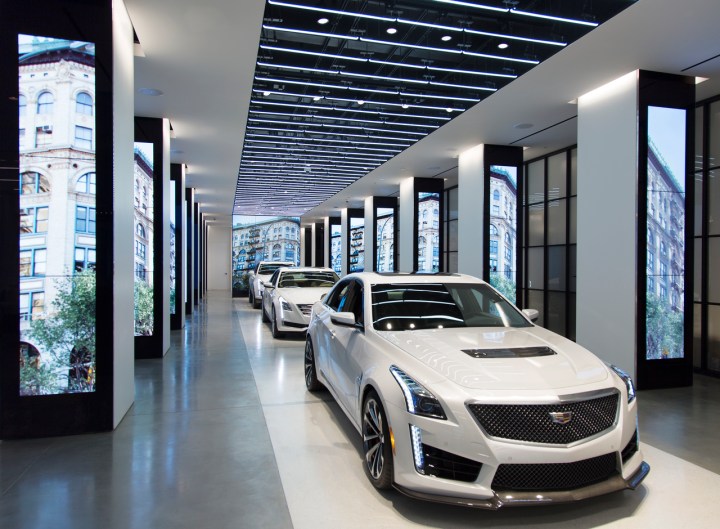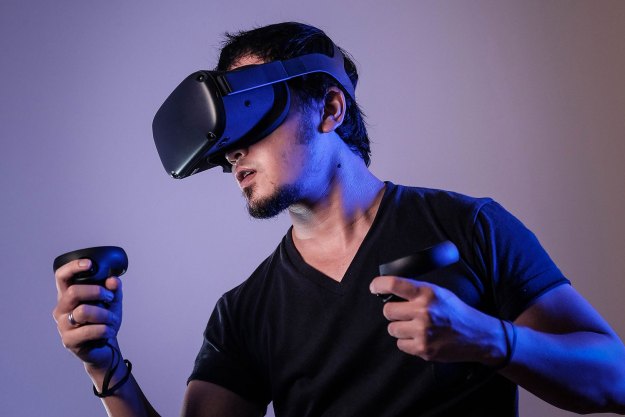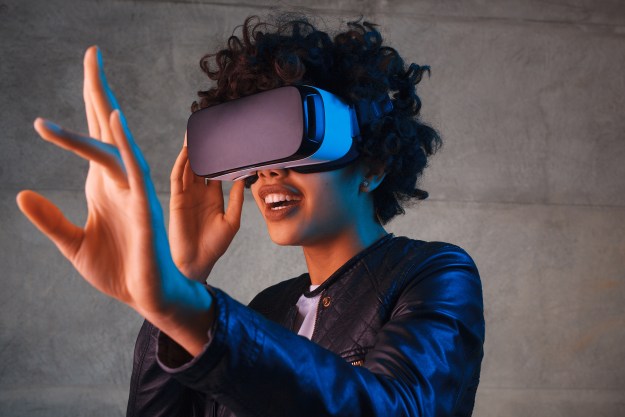
According to a report by The Wall Street Journal, the American luxury brand is devising a new strategy for its U.S. dealership network, one that involves replacing a portion of its conventional stores with virtual reality showrooms. The new dealers won’t actually have any inventory on hand; instead they’ll feature VR headsets where customers can learn about Cadillac products while their vehicle is being serviced. Anyone up for a digital test drive in a CTS-V?
The new strategy is part of “Project Pinnacle,” a new retail approach put forth by Cadillac President Johan de Nysschen, and it makes sense given the carmaker’s recent struggles. Cadillac currently has 925 stores in the U.S., and despite the fact that brands like Lexus and BMW have far fewer (BMW has 339), Caddy’s competition sells far more units per month. A virtual showroom would have far less overhead and lower operating costs than a traditional car lot, so clearly, saving money is a big priority.
Believe it or not, integrating VR into the car buying process is not a new concept. Both Audi and Ferrari have explored the technology’s potential for vehicle configuration and educational purposes in the past, and even Tesla has used it to give the public a closer look at its products.
Read more: The 2017 XT5 is a crossover back to luxury for Cadillac
This month, de Nysschen will travel to about a half-dozen U.S. cities to meet with dealers and discuss the possibilities of virtual automotive retail.
Editors' Recommendations
- Don’t buy the Meta Quest Pro for gaming. It’s a metaverse headset first
- Apple is not ready to launch its AR/VR headset yet
- Apple’s VR headset could get these surprise iOS features
- The Meta Quest 2 VR headset is dominating Steam
- Solving VR’s ‘infinite walking’ problem with moon boots


